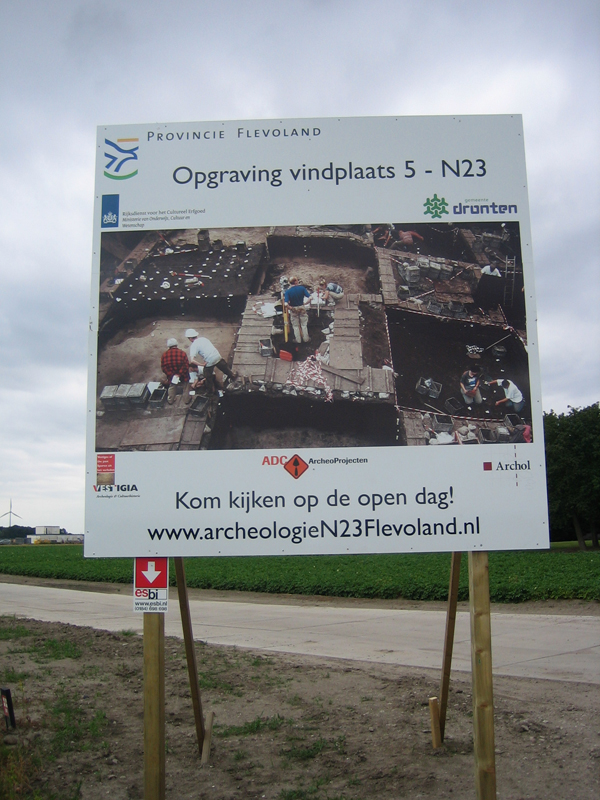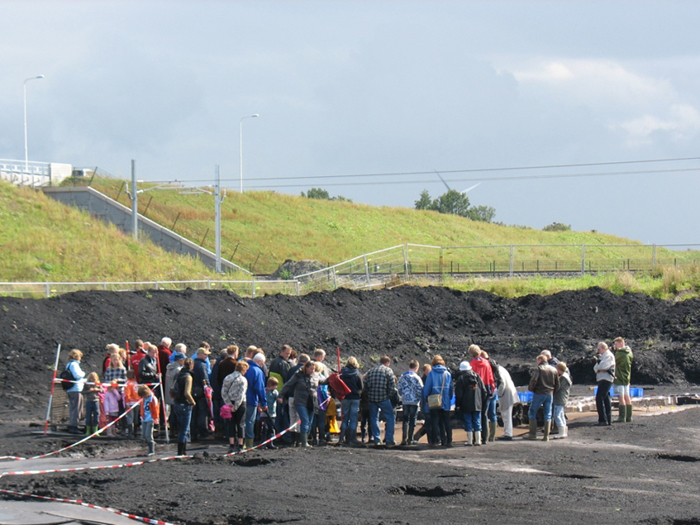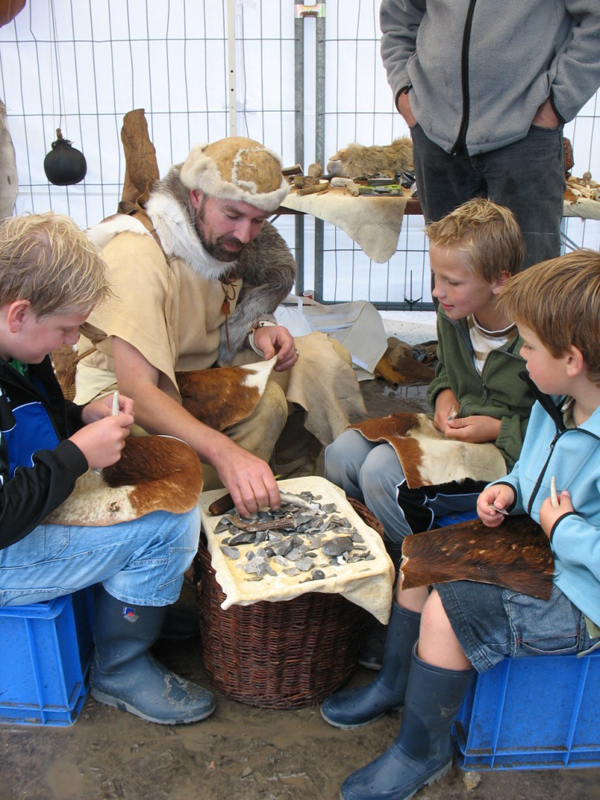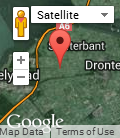
Public
In contact with the public
At the beginning of the project the province of Flevoland, the principal of the excavation, has indicated the great importance of reaching the public by a coherent external communication. For this reason an integrated approach of the archaeological research and informing the public has been chosen concerning the research and the outcomes from the start of the excavation till the publication of the final report.
For the goal-orientated communication several target groups have been appointed, so several activities could be organised. Target groups were the inhabitants of the close by village Swifterbant, occupants from the region, visitors of heritage institutions, museums and tourist sites, school children in the age 10 up to 14 years and archaeologists and professional interested.
During the excavation of the Mesolithic site one of the largest public campaign for one archaeological research in the Netherlands has taken place. During a period of 2.5 year more than 24 different activities have been developed and have been offered to the several groups.
Visit the excavation
Beside following the excavation and its results by the Internet persons who were interested could also visit the excavation in action (fig. 1). Once per month the site was open for the public. People were guided over the site and got an impression how the work was done. In the information centre next to the excavation a small exposition was arranged with the latest finds and the first overview maps and drawings. Monthly dozens of people visited the excavation and visitors even returned two or three times because they were curious for the latest information visible in the field (fig. 2).

Figure 1 : Sign near the archaeological site with the announcement to visit the excavation. Picture Vestigia ©

Figure 2 : During the monthly visitors days a lot of interested public visited the excavation. Picture Vestigia ©
Special visitors day
At the end of the excavation a special visitors day was organised in cooperation with several heritage institutions, historical associations and the provincial museum. During the day extra activities and presentations were offered to the visitors. For example a large time line was laid out in the field, using 10 huge posters with historical items and moments from the region. Over a distance of more than 100 m. the public was guided 10.000 years back in time. For a lot of them it made clear the site was much older than they had considered.
Beside the time line also re-enactors were present. They demonstrated how life could have looked like in the Mesolithic by showing clothes, tools, food and equipment. Children were invited to try knap flint or experience how it is to cut leather, vegetables, wood or other materials with sharp flint tools (fig. 3).

Figure 3 : During the special visitors day children could experience the sharpness of flint. Picture Vestigia ©
